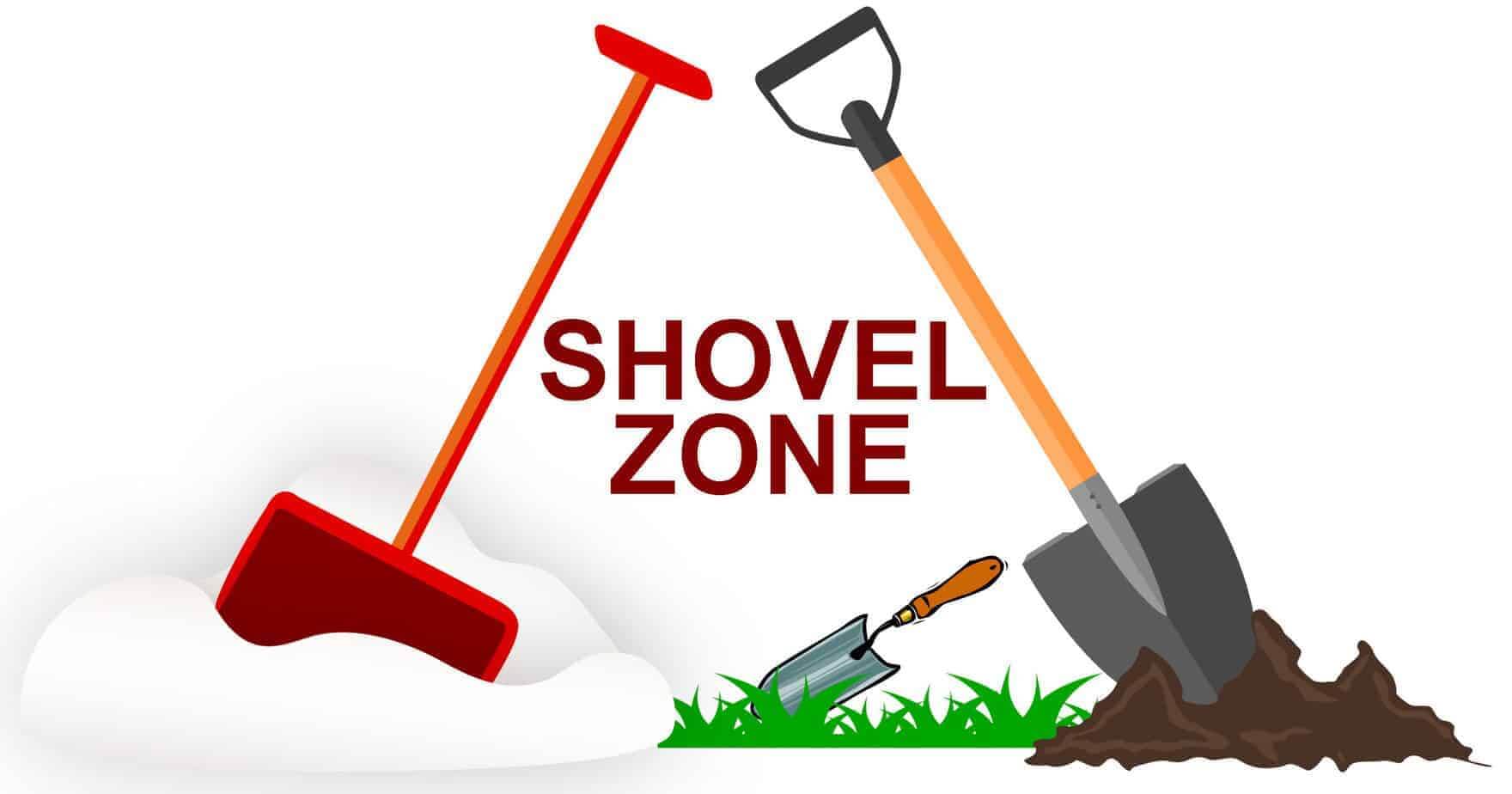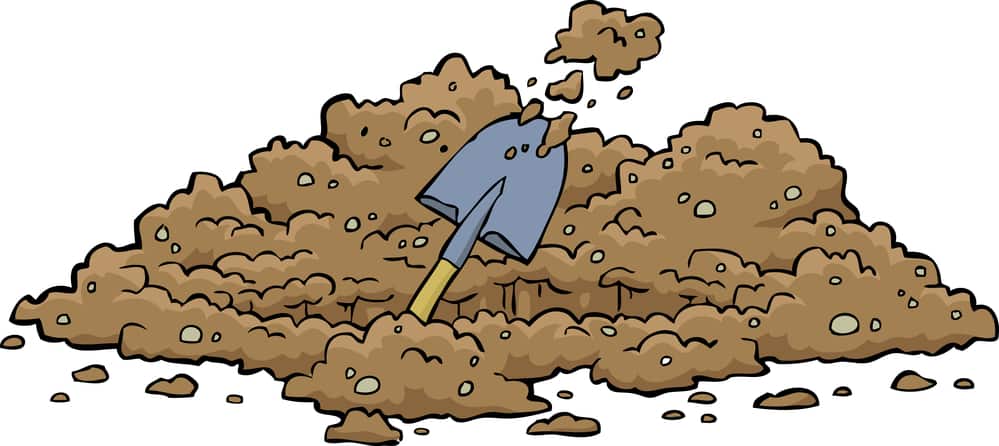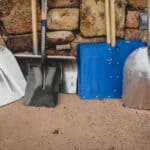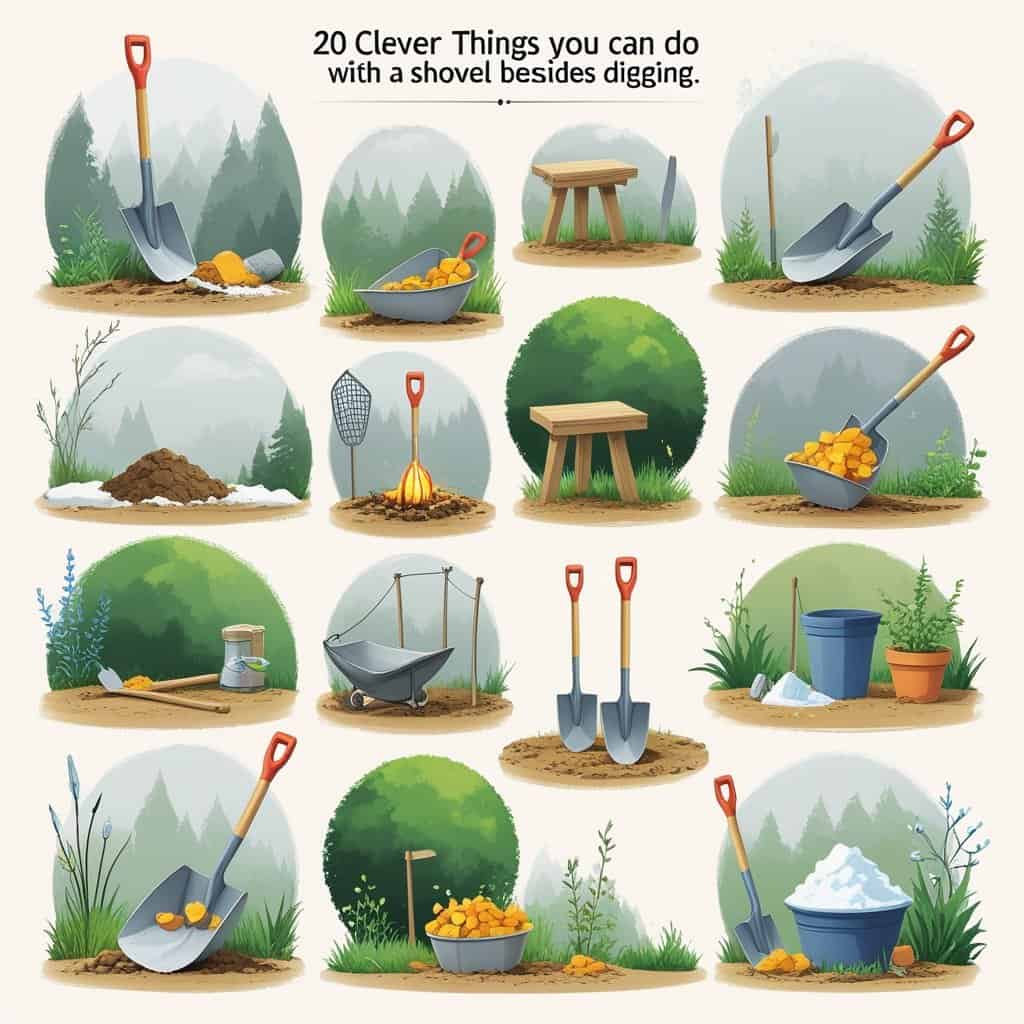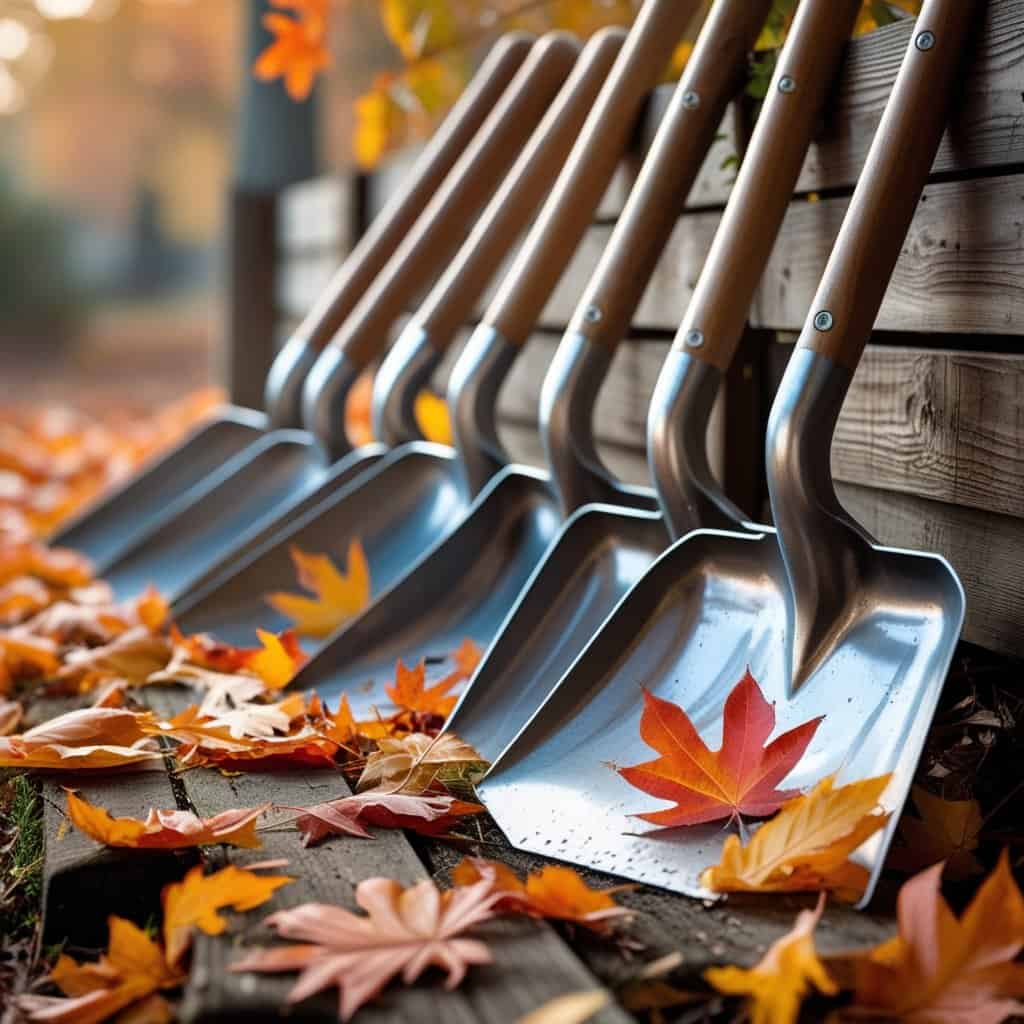What can be so complicated about moving dirt?
You use a shovel, dig a hole and remove the dirt.
Removing dirt sounds simple; however, depending on the size of the hole, the consistency of the land, and the environmental conditions, things can get a bit complicated.
The quick, safe and easy way to get the dirt out of a deep hole is to pay a person who has the knowledge and experience to do it for you.
If you are that person who is up to a challenge and wants to do it themselves, we’ve got you covered with a few suggestions, tips, and tricks to get the job done quickly and safely.
Digging is a challenge in itself, but getting the dirt out of a deep hole can be a bit of a puzzle.
Transporting the soil from the bottom of the hole to the surface can be done in many ways, but we will look at the easiest and most accessible ones.
Be sure to read our article on How To Shovel Without Hurting Your Back
Table of Contents
Easy and Accessible Ways To Get Dirt Out Of A Deep Hole
1. Old school
Old school style requires you to have a few poles, a pulley, some strong rope, and a bucket.
Take at least three six foot long poles and stand them up in a teepee style over the hole.
Tie the top of the newly created teepee with rope to ensure that the poles stay together.
Next, tie off another rope from the center of the poles that hangs vertically down, freely over the hole.
Attaching the pulley to the dangling rope and then attaching the rope to the bucket are the final two steps to begin dirt removal.
Alternatively, you may choose not to utilize a pulley, but this will require you to lift bucket after bucket of dirt to the surface physically.
To clear your location, dig your hole, then fill the bucket with the loose soil.
Pull the bucket and rope to the surface to lift the load out of the hole.
Lastly, dump the contents of the bucket.
Rinse and repeat until the hole is the size you require.
This method is hard work and leaves you exposed to accidents.
If able to do so, use this method only if you do not have any other solution.
Someone needs to be above the hole, to unload the bucket and send it back to you as you dig.
If you choose the old school method, these tips may help you:
- Shovels with a flat blade are best for digging through hard, compacted dirt.
- Round-point shovels are good for scooping out loose dirt and sand.
- Square-pointed shovels have a sharpened edge on one side that is perfect for cutting roots and rocks.
2. Use an auger
The Hand auger resembles a corkscrew, and it digs and brings the dirt out of the ground at the same time.
There are manual and powered augers.
The strength to turn the manual auger requires two people.
The powered auger also requires two people to stabilize the auger vertically as it drills into the ground.
When you have to dig a deep, large hole, it is much more efficient to use a power auger than a hand auger.
The powered auger has a gasoline-powered engine that can get the job done quicker, better, and safer.
If you are only digging out a few post holes, then a post hole digger would be best suited.
3. Post hole digger or Clamshell digger
The clamshell digger is two shovels hinged together and resembles large tongs.
One person can utilize the clamshell digger safely by themselves as long as the hole is not too large.
A post-hole digger requires a good fitness level, and it should be reserved for small holes.
If digging a large hole, having someone on the job with you is a good idea.
You can trade off digging, giving your shoulders, arms, and back a break, and keep an eye on one another for safety.
You can remove dirt from a hole with this tool, much like you would remove pasta from a deep pot.
You open the shell halves and plunge the digger into the ground, breaking up the soil.
Next, you clamp together the shell, trapping the dirt between the shovels, and bring the earth to the surface to clear the hole.
Digging deep holes is a simple, straightforward job, but with the right tools and good information, you can make sure that you will do it like a professional and that everyone involved will stay safe.
Tips On Staying Safe While Digging and How to Prevent Accidents.
| * When doing any construction work, it is best to have a partner or be supervised/checked in by someone. |
| * Accidents are prevalent and having someone who can help you or at least call the emergency service could save your life. |
| * When you are getting dirt out of a deep hole is extremely important that it doesn’t slide back down because it is counterproductive and creates a potential situation where an accident can happen. |
| * Whether digging manually or with a powered machine digging deep holes results in you ending up in the hole as it is cleared. The hole walls are not supported, and the dirt can collapse and cover you, or something can fall in the hole and hurt you. Let someone know what you are doing at all times. |
| * Mark around the hole with an object, like a hose, and with high visibility spray paint to mark the location, so no one falls in. |
| * Try to dig at a slight angle where the top of the hole is wider than the bottom. |
| * Wear head, hand and breathing protection at all times. |
| * Digging is hard work; protect your muscles by warming up before starting work and by not over-reaching or lifting more than it would be safe for your constitution and your fitness level. |
| * Depending on how you will utilize the soil from the hole, moving it to that location as it comes out of the hole is the most efficient use of your time and energy. |
| * The further you place the soil taken from the hole, the better as environmental conditions like rain or a strong wind won’t cause it to fall back into the hole. |
What About The Dirt? Where Do I Put It?
Waste disposal is expensive; below are a few ideas on what to do with the dirt taken out of the hole, to help you out.
- If you are left with a considerable amount of soil, you can call a disposal company to pick it up though this may be costly.
- You can put an ad in your local paper/internet want for sale apps.
- Check with your neighbors, friends, or relatives to see if you can offer it to someone who needs it.
- Use it around your home for a variety of purposes, including gardening. Of course, the quality of the substrate will determine where to use it best.
